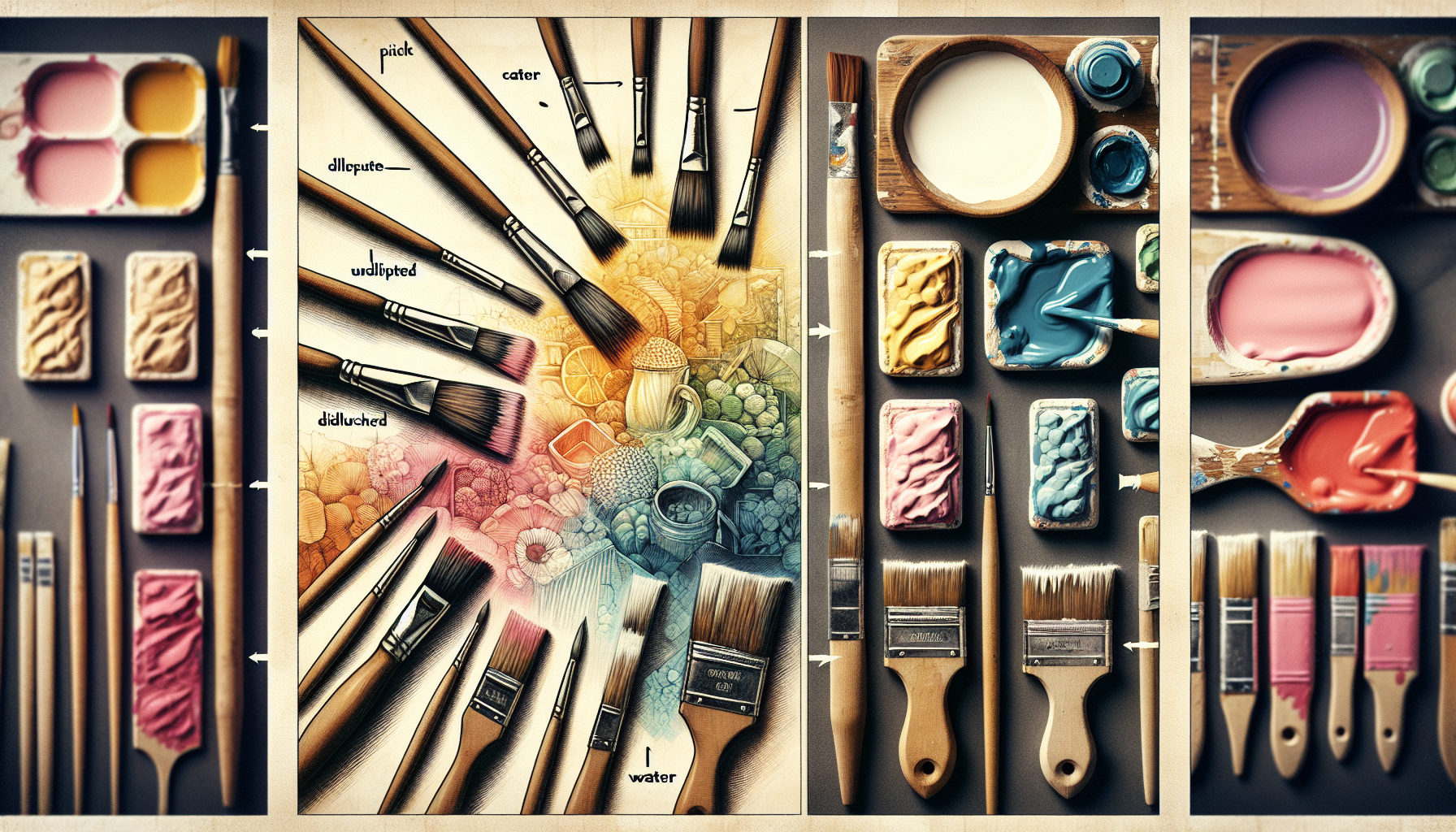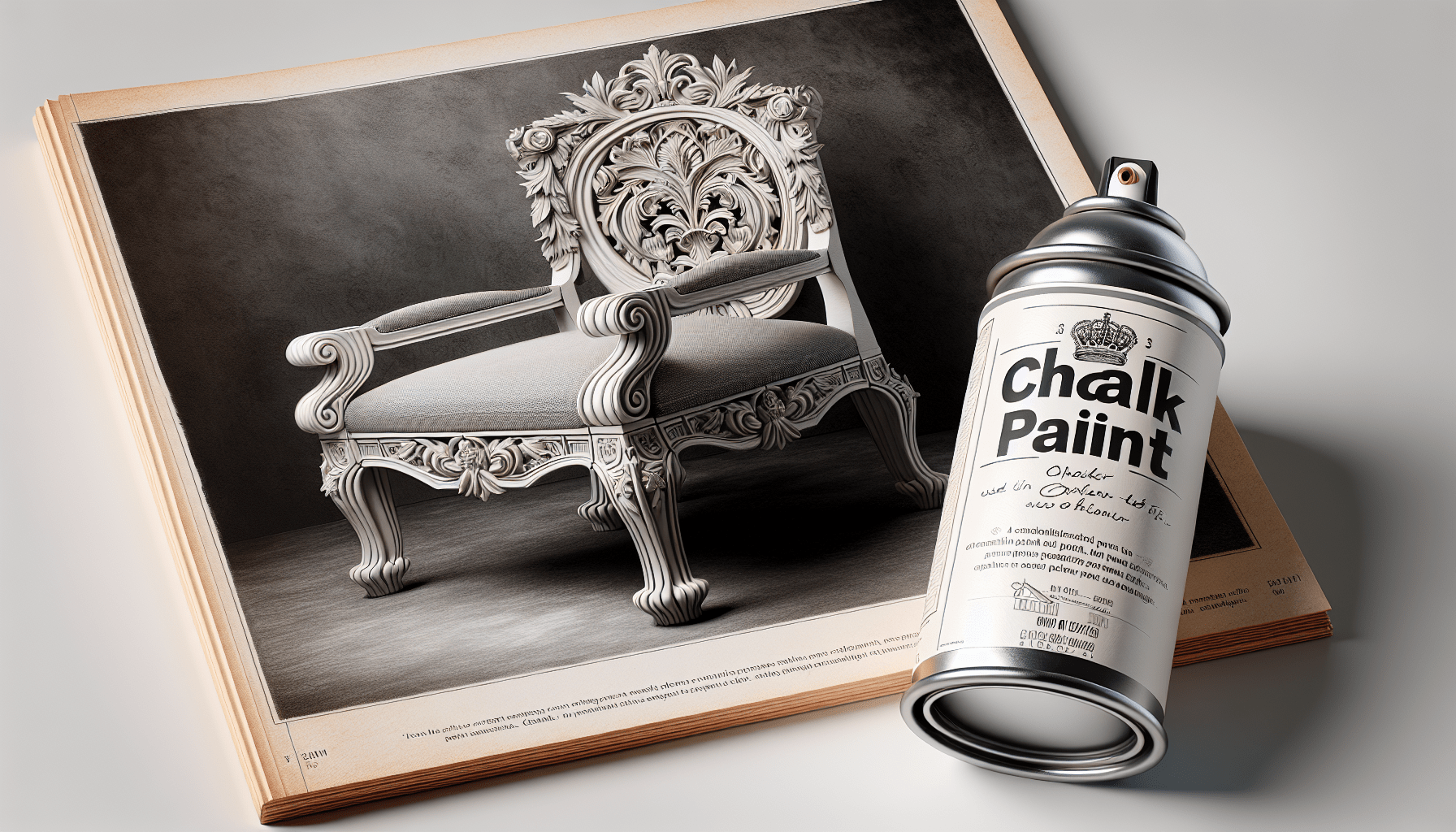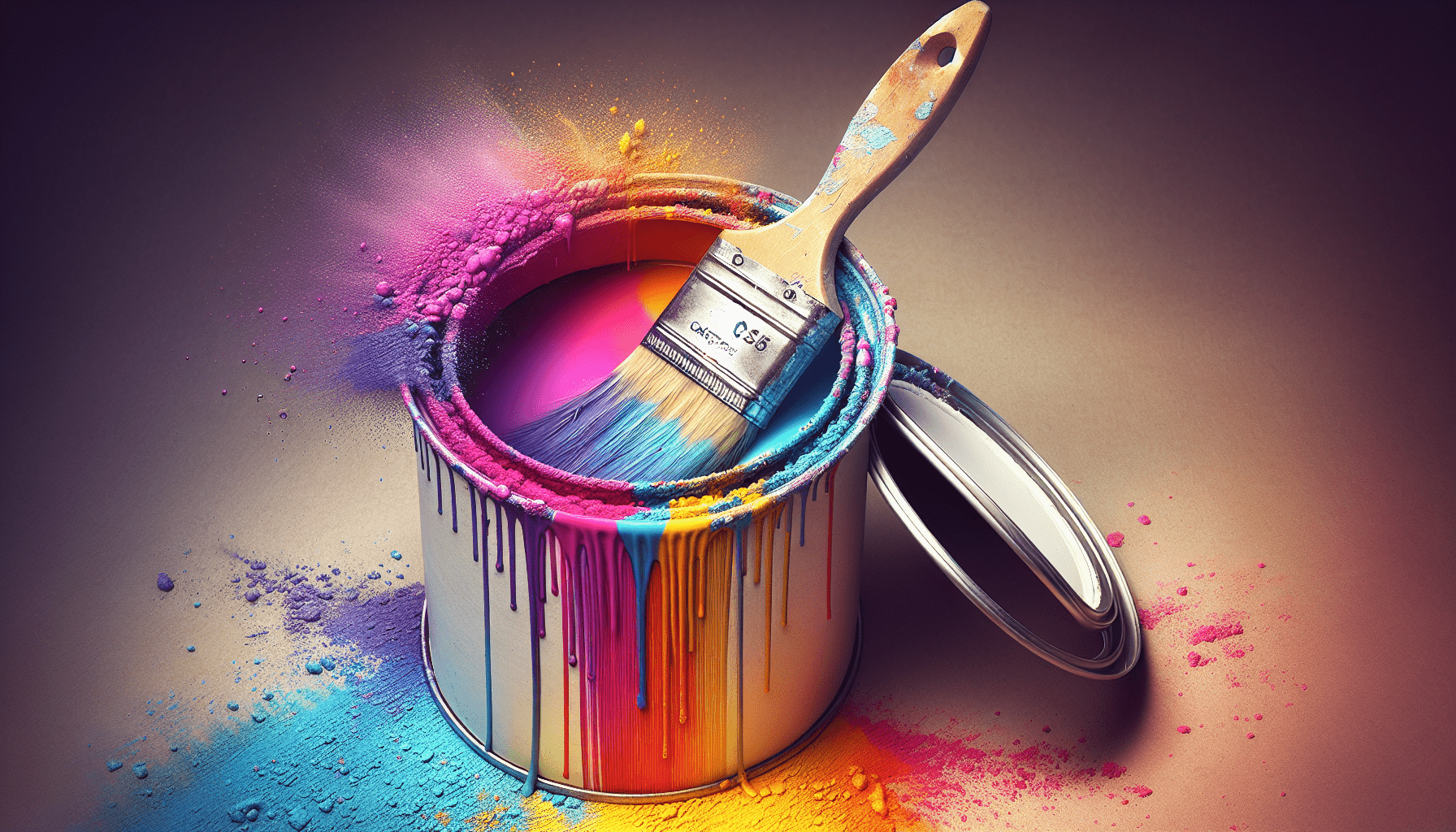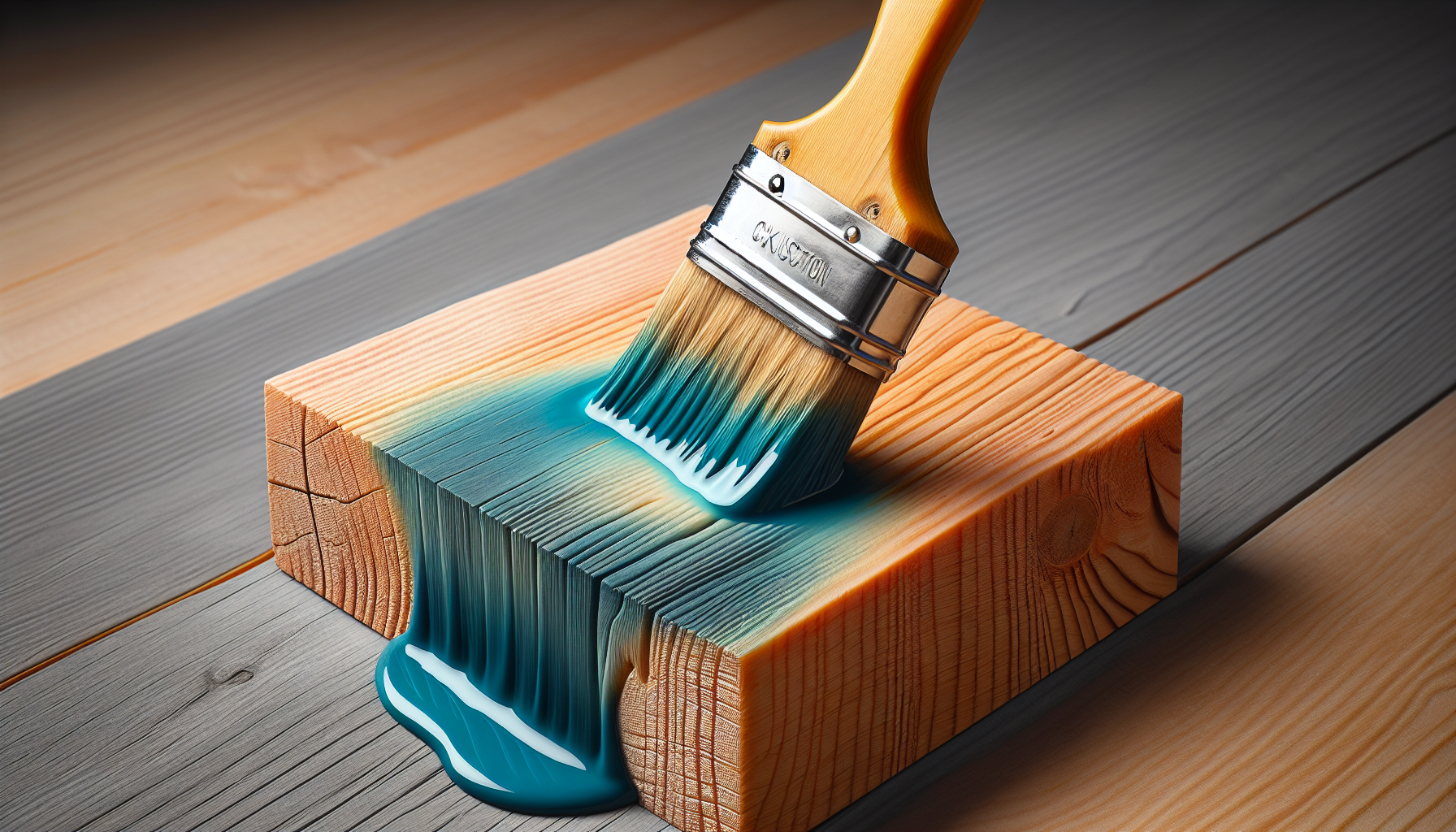Chalk paint, a popular choice among DIY enthusiasts and professionals alike, has gained recognition for its versatility and ease of use in various home improvement projects. However, one question that often arises is whether chalk paint can be watered down to achieve different effects or to extend its coverage. In this article, we will explore the possibilities of diluting chalk paint with water and discuss the potential advantages and drawbacks of such a technique. By the end, you will have a clearer understanding of whether watering down chalk paint is a viable option for your painting projects.
Can Chalk Paint Be Watered Down?
Chalk paint has gained popularity in recent years for its unique matte finish and easy application. Whether you are a professional painter or a DIY enthusiast, you may have wondered if it is possible to water down chalk paint to achieve different effects or improve its coverage. In this article, we will explore the concept of watering down chalk paint, its advantages, the reasons to consider diluting it, and the proper techniques to do so.
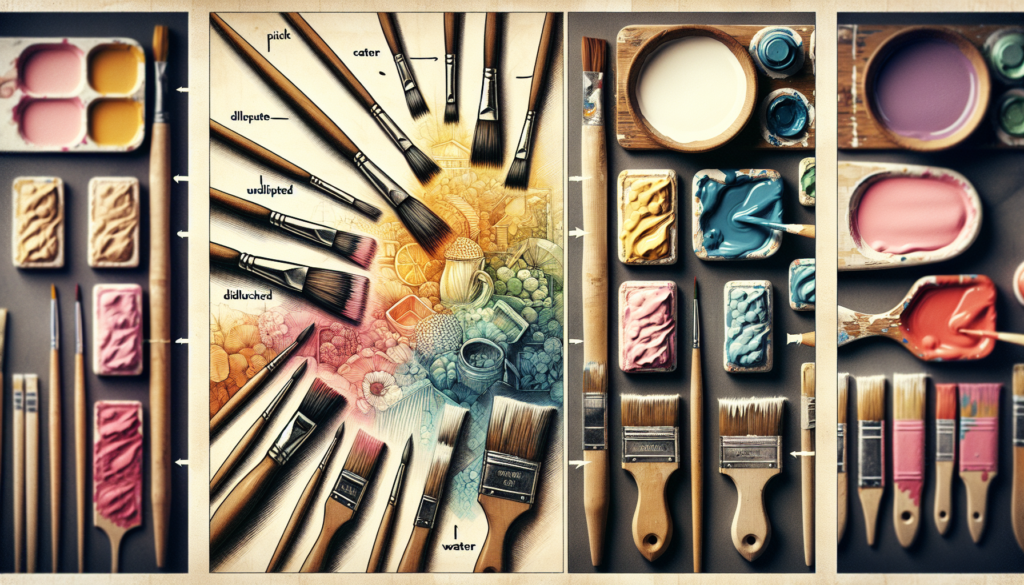
What is Chalk Paint?
Chalk paint is a type of paint that has a high chalk content, which gives it a distinctive matte appearance. Unlike traditional paint, chalk paint does not require extensive surface preparation before application. It adheres well to various surfaces such as wood, metal, plastic, and even fabrics, making it a versatile choice for many projects.
Advantages of Chalk Paint
One of the main advantages of using chalk paint is its ease of use. Due to its formulation, chalk paint can be applied directly to most surfaces without the need for sanding or priming. This saves both time and effort, allowing for quick and hassle-free painting projects.
Furthermore, the unique matte finish of chalk paint adds a touch of elegance to furniture, walls, and accessories. The soft, velvety appearance creates a cozy and inviting atmosphere, making it an excellent choice for both vintage and contemporary aesthetics.
Reasons to Water Down Chalk Paint
While chalk paint is known for its thick consistency, there are several reasons why you might consider watering it down:
-
Achieving a smoother finish: Diluting chalk paint with water can help create a smoother finish, minimizing brush strokes and enhancing the overall appearance of your project.
-
Increasing coverage: By watering down chalk paint, you can extend its coverage, allowing you to stretch your paint supply further or apply additional coats without excessive buildup.
-
Creating a transparent wash: Watering down chalk paint can also produce a transparent wash effect, perfect for a subtle coating that enhances the natural look of the surface while still adding a touch of color.
How to Water Down Chalk Paint
Watering down chalk paint is a relatively simple process. Here is a step-by-step guide on how to dilute chalk paint effectively:
-
Start by preparing a clean, empty container, such as a plastic cup or bowl. This will be used to mix the paint and water.
-
Pour a small amount of chalk paint into the container. The exact amount depends on the size of your project and the desired level of dilution.
-
Gradually add water to the paint, mixing it thoroughly with a stirrer or a paintbrush. Aim for a consistency similar to that of melted ice cream.
-
Continue adding water and mixing until you achieve the desired consistency. Remember to start with small increments and test the mixture on a scrap piece of material to ensure it meets your expectations.
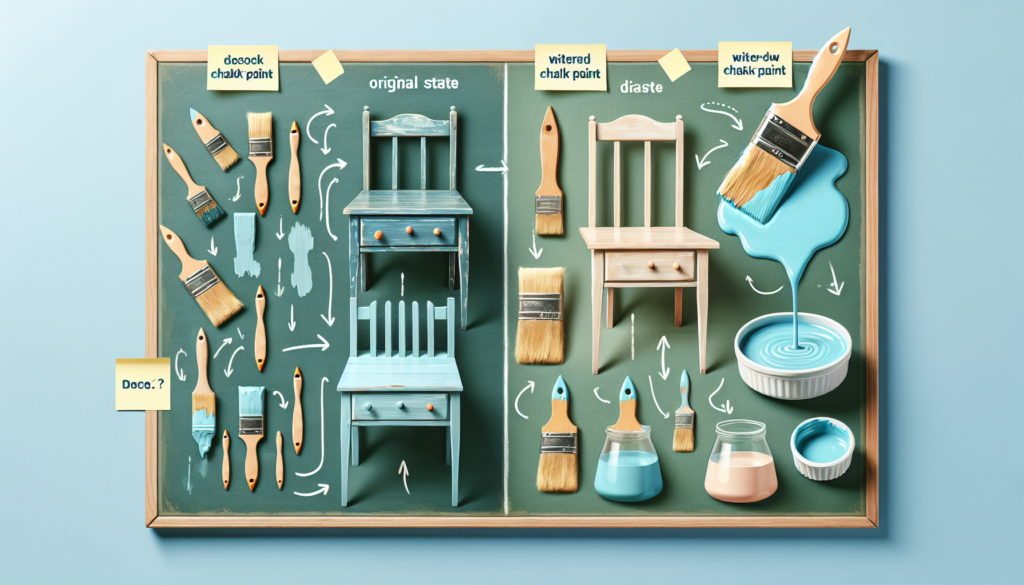
Factors to Consider
Before diluting chalk paint, it is essential to consider a few factors to ensure a successful outcome:
-
Type of surface: Some surfaces may require more watered-down paint to achieve the desired effect. Porous surfaces, like raw wood, tend to absorb more paint, while non-porous surfaces may require less dilution.
-
Environmental conditions: The temperature and humidity level of your workspace can affect the drying time and final appearance of the watered-down chalk paint. Keep these factors in mind when adjusting the consistency.
-
Desired effect: Different projects may call for varying degrees of dilution. Experimenting on a scrap piece of material similar to your project will give you a better understanding of how the diluted paint will look.
Testing the Watered Down Chalk Paint
Before applying the watered-down chalk paint to your project, it’s crucial to conduct a test to ensure the desired effect and color. Apply a small amount of the mixture to a hidden or inconspicuous area of the surface and let it dry completely. Assess the coverage, smoothness, and color saturation to determine if any adjustments need to be made before proceeding with the entire project.
Tips and Tricks for Watering Down Chalk Paint
Here are some handy tips and tricks to keep in mind when diluting chalk paint:
-
Use distilled water: Using distilled water can ensure a cleaner and more consistent mixture, free from any impurities or contaminants that may affect the final result.
-
Gradual dilution: It’s always best to add water gradually, mixing well between each addition. This allows you to have better control over the consistency and prevents over-dilution.
-
Stir well before application: Before applying the watered-down chalk paint, make sure to stir it thoroughly to achieve a uniform consistency. This will avoid any streaks or patches in the final finish.
Common Mistakes to Avoid
While watering down chalk paint can yield excellent results, there are some common mistakes to avoid to ensure a smooth painting experience:
-
Over-dilution: Adding too much water to the chalk paint can result in a watery consistency that lacks coverage and durability. Always start with small increments and test the mixture before diluting further.
-
Inconsistent mixing: Failing to mix the water and paint thoroughly can lead to uneven color distribution and texture. Be patient and spend enough time stirring the mixture until it is homogenous.
-
Neglecting proper testing: Skipping the test swatch before painting the entire surface can lead to unexpected outcomes. Take the time to test your watered-down chalk paint on a small area to avoid any regrets.
Alternatives to Watering Down Chalk Paint
If you are looking to achieve specific effects without diluting your chalk paint, several alternatives can be considered:
-
Dry brushing: Instead of watering down the paint, you can lightly dip your brush into the chalk paint and then dab off most of the excess on a paper towel. This technique creates a textured effect, ideal for distressed or vintage finishes.
-
Mixing with glaze: Combining chalk paint with a glaze can result in different finishes, such as a shabby chic or antiqued look. Experiment with various glaze colors and ratios to achieve your desired effect.
Conclusion
In conclusion, while chalk paint is known for its thick consistency, it can be watered down for various reasons and effects. By diluting chalk paint, you can achieve a smoother finish, increase coverage, or create a transparent wash. However, it is crucial to consider factors such as the type of surface, environmental conditions, and desired effect before proceeding with the dilution process. Remember to conduct a test on a small area before applying the watered-down chalk paint to your project and avoid common mistakes such as over-dilution and inconsistent mixing. If you prefer not to dilute the paint, alternative techniques like dry brushing or mixing with glaze can also provide unique finishes. With proper knowledge and techniques, you can confidently explore the possibilities of watered-down chalk paint and elevate your painting projects to new heights.
